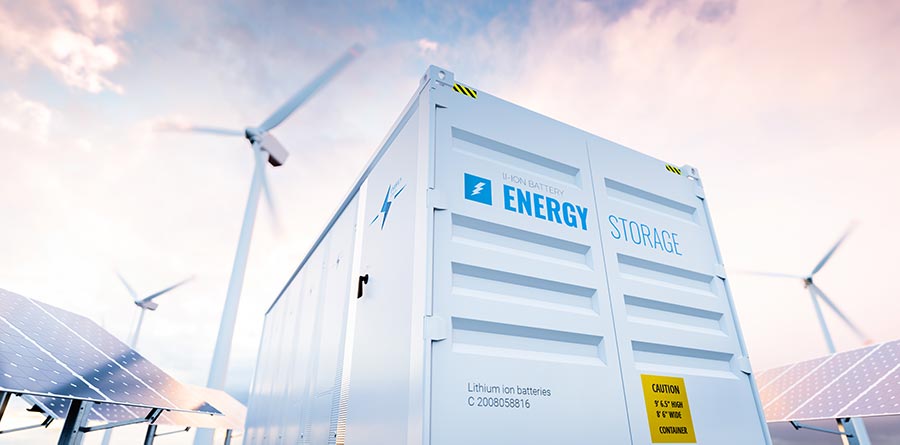LITHIUM MARKET
LITHIUM is crucial to much of the modern world and, in particular, industries and technologies related to sustainable energy.
LITHIUM is another key element in the infrastructure and technology of the world of tomorrow. With a range of target markets covering everything from personal electronics to transportation, to large-scale energy storage and distribution projects, lithium is a key asset with almost limitless usage scenarios.

As we continue our move towards a cleaner, greener future, Lithium, in the form of Lithium-Ion batteries, and its usage in EVs, power storage and distribution systems continues to be an invaluable resource in the reduction of our global environmental impact. This inevitably leads to strong market growth in the sector. It is listed by many jurisdictions, including Canada, United States and the European Union, as a critical mineral.
Fossil fuels have powered humanity for over a century now and have become the de facto energy source for all of our industrial and recreational activities. However, the arrival of lithium-ion battery technology with its high energy storage density provided us with a clean, portable and powerful energy source. This then allows us to capture energy where it is most efficient and effective to do so, and to then either distribute it to where it needs to be used or, in the case of batteries, to store the energy for use at a later time. This simple but important change heralded an irreversible step on the pathway to the dream of a green future powered by renewable (wind, solar, tidal, geothermal etc.) energy.
We haven’t quite reached that point yet but, even so, lithium-ion batteries can still benefit us even when we still use fossil fuels and hydrocarbons. For example, instead of burning the fuel “locally” (in your vehicle) with all of the inefficiencies of the car engine and all of the pollution from the exhaust gases being pumped into the atmospheres of cities and towns, the fossil fuels can be burned in larger power stations which can be made more efficient and which can even have mitigation systems (such as emissions “scrubbers”) installed to further lessen the impact. The energy generated by these more efficient power stations can then be stored in lithium-ion batteries and used in EVs, not only keeping our city streets cleaner but also being far more efficient in the usage of the energy stored in the fossil fuels to start with.
And EVs are just the tip of the iceberg. Battery storage technology has already changed the world around us beyond what seemed imaginable just a couple of decades ago. Today we largely take for granted the fact that we are carrying with us what amounts to a very powerful computer which can give us 24/7 access to tools an information which can make a huge difference to our lives, all powered by battery technology.
Our world is changing, and long with it our view of that world and of the impact that we have on it. Advances in lithium technology will continue to drive advances in technology across all areas of our lives and will continue to power the profound changes and huge leaps forward that we have already started to take. The huge improvements in manufacturing capacity and the lower unit costs are allowing for this energy transition to happen, with the backbone being the lithion-ion battery platform.
This energy transition means the demand for lithium is growing at a fast pace and is expected to continue to do so for a long time in the future, according to industry analysts.
According to Benchmark, the increased appetite to have portable electric energy, whether in the form of batteries for EVs or for BESS (Battery Energy Storage Systems), will lead to an enormous increase in the demand for lithium.
From about 1Mt of LCE demand in 2024 (Lithium Carbonate Equivalent), the demand is expected to reach 2.6Mt LCE by 2030 and 5.2Mt LCE by 2040, a more than 5x increase in demand in 16 years.
For some context, the increase from 2024 to 2040 would mean building and operating approximately 42 Shaakichiuwaanaan projects, which would be, when in full production, the 4th largest hard rock mine in the world.
Source: Bloomberg
The rapid decline in battery costs, especially for LFP cells, is driving unprecedented growth in global lithium demand. Lithium remains a critical raw material for most battery chemistries, and the Global Critical Minerals Outlook 2024 projects that lithium demand will grow approximately threefold by 2030 and ninefold by 2040 under the International Energy Agency’s (IEA) Net Zero Emissions scenario13.
As lithium demand grows, supply constraints and geopolitical risks around critical mineral sourcing are becoming more prominent. Despite increased lithium production from regions like Latin America and Australia, supply chain bottlenecks are a looming concern.
The rise in demand in North America and Europe is also leading to increased investment in lithium mining and refining projects globally, with a focus on securing more diversified and Western world facing supply chain sources of this vital mineral. Patriot can be part of this solution with its Shaakichiuwaanaan project.
